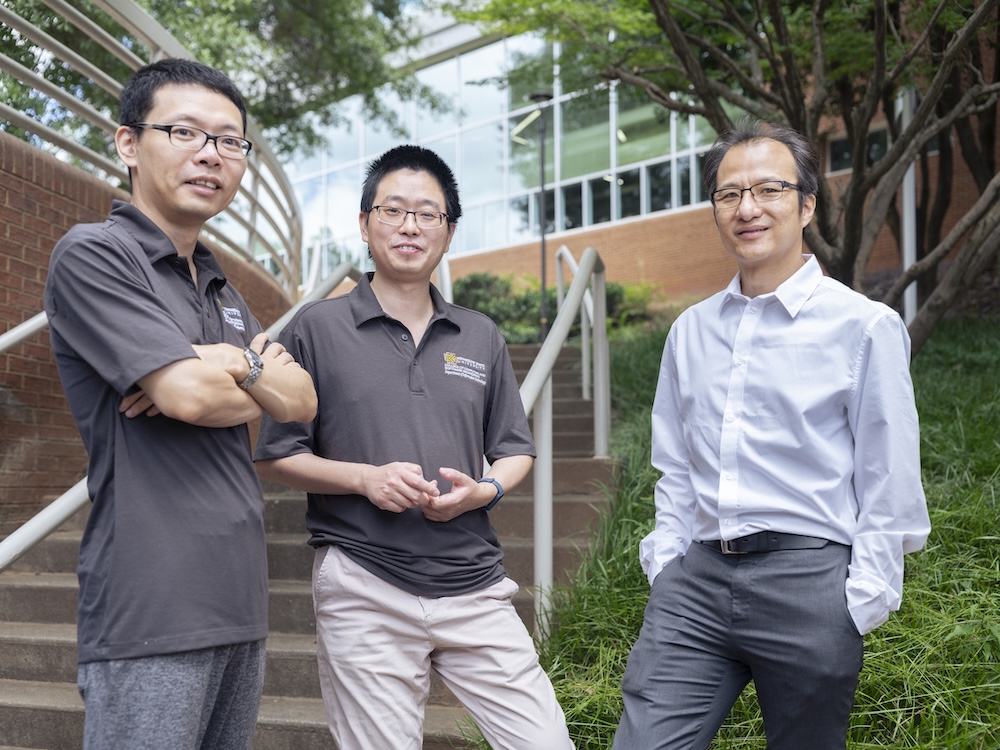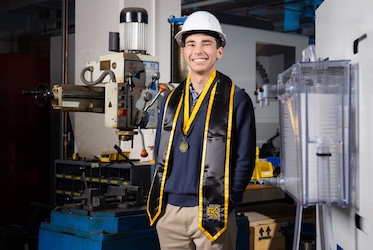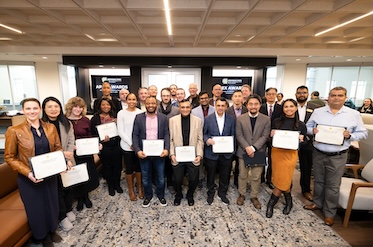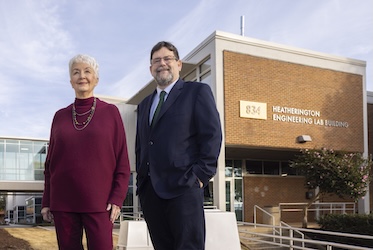

KENNESAW, Ga. | Aug 18, 2025

The project is led by assistant professors of information technology Jian Zhang and Liang Zhao from KSU’s College of Computing and Software Engineering and professor of civil engineering Tien Yee from the Southern Polytechnic College of Engineering and Engineering Technology. Together, they are designing a system that uses long-range wireless communication, solar-powered sensors, and real-time data to keep track of dam conditions every day.
“Many of the dams in Georgia are more than 50 years old and don’t have proper monitoring in place,” Zhang said. “They’re usually only checked once a year, and a lot can go wrong in the time between inspections.”
The team’s system includes small devices that measure tilting, movement, and vibration. It also uses cameras to capture visual changes. This information is sent wirelessly to a secure dashboard where dam operators can see what’s happening in real time. In addition, wireless sensors—such as mmWave radar—will be deployed to monitor water levels and support flood warning efforts, utilizing the same wireless communication network. The system is designed to work in remote areas and is powered by solar panels, so it doesn’t need to be connected to the electric grid.
“Problems don’t wait for inspectors,” Zhao said. “With this technology, we can monitor dams 24/7 and get alerts if something unusual happens.”
The project is supported by RugGear USA LLC, a global company exploring innovative wireless technologies for use in extreme environments. RugGear partnered with KSU after seeing the system’s potential to improve public safety and support future commercial use.
“Our earlier work with RugGear opened the door for this new project,” Zhang said. “They believe in the real-world value of what we’re building and want to see how it can be used to help more communities.”
The team plans to test their prototype on a dam in Gwinnett County in this project. If the test goes well, RugGear may expand the project to other sites across Georgia and beyond.
One of the system’s key strengths is that it can work in areas where there’s no access to power or internet. Its wireless signals can reach up to seven miles, depending on the environment. This makes it a smart solution for rural or hard-to-reach locations.
“In Texas, we saw how recent floods caused major damage,” Yee said. “A system like this could help serve as an early warning, even in places without existing infrastructure.”
Although the current project focuses on dams, the technology could also be adapted for other aging structures like bridges and overpasses. The researchers are already discussing ways to apply the same system to monitor transportation infrastructure across Georgia.
“The most important thing is that we want people to feel safe,” Zhao said. “If something’s wrong, there should be a system that can detect it and alert the right people before it turns into a disaster. We are working hard to make this a reality.”
– Story by Raynard Churchwell
Photos by Darnell Wilburn

Discipline and determination drive track and classroom success for graduating student-athlete

Kennesaw State student explores how trauma affects decision-making

Top researchers recognized for achievements at Apex Awards

Lawrence Whitman installed as Dale and Ann Heatherington Endowed Chair of Engineering and Engineering Technology
A leader in innovative teaching and learning, Kennesaw State University offers undergraduate, graduate, and doctoral degrees to its more than 51,000 students. Kennesaw State is a member of the University System of Georgia with 11 academic colleges. The university's vibrant campus culture, diverse population, strong global ties, and entrepreneurial spirit draw students from throughout the country and the world. Kennesaw State is a Carnegie-designated doctoral research institution (R2), placing it among an elite group of only 8 percent of U.S. colleges and universities with an R1 or R2 status. For more information, visit kennesaw.edu.